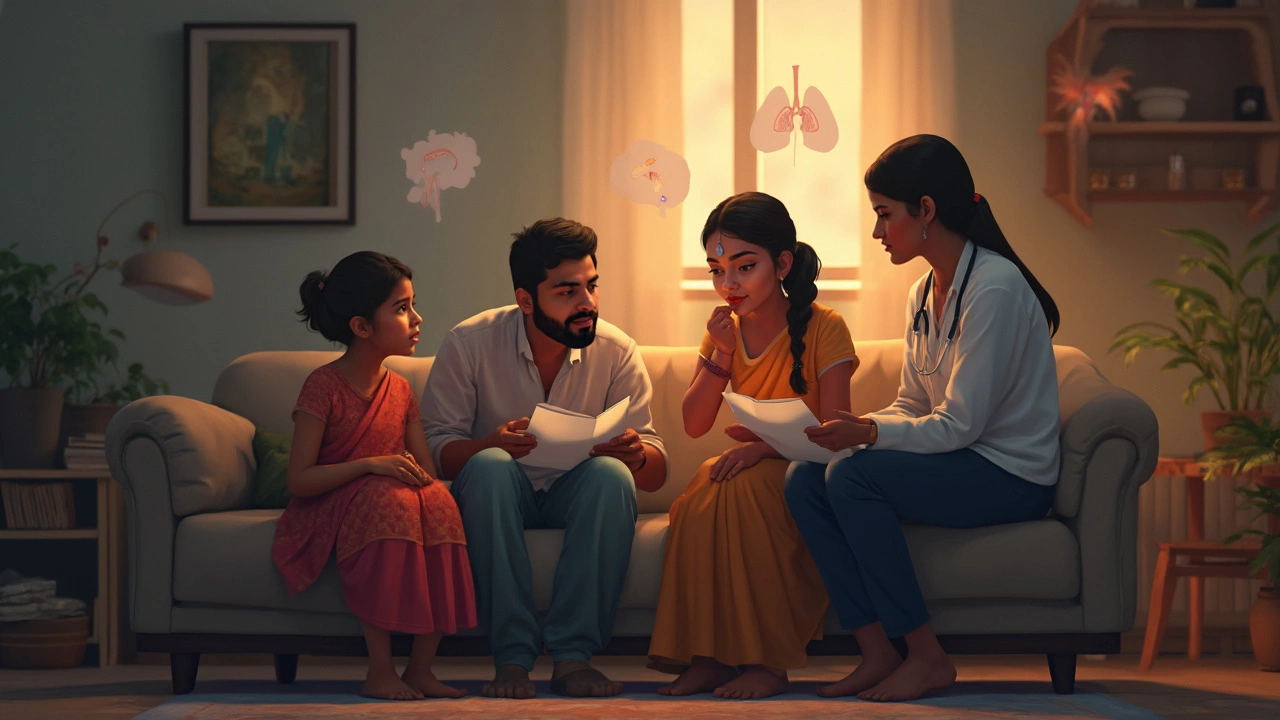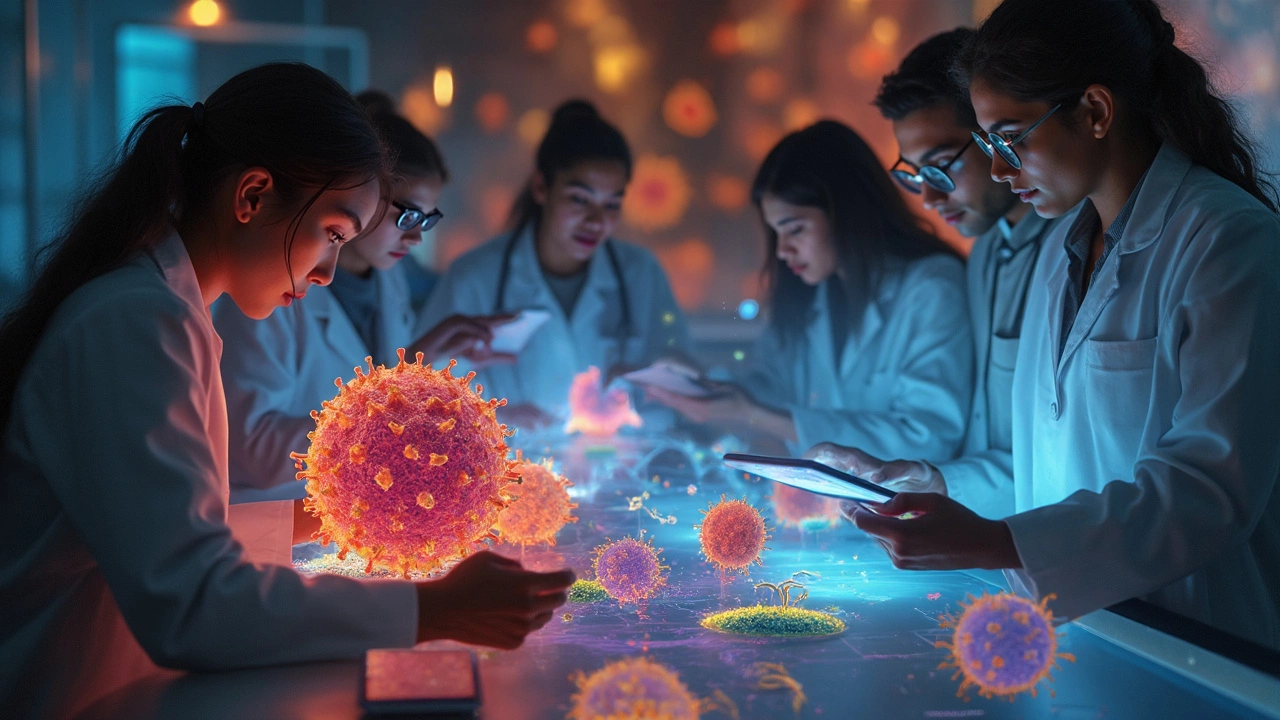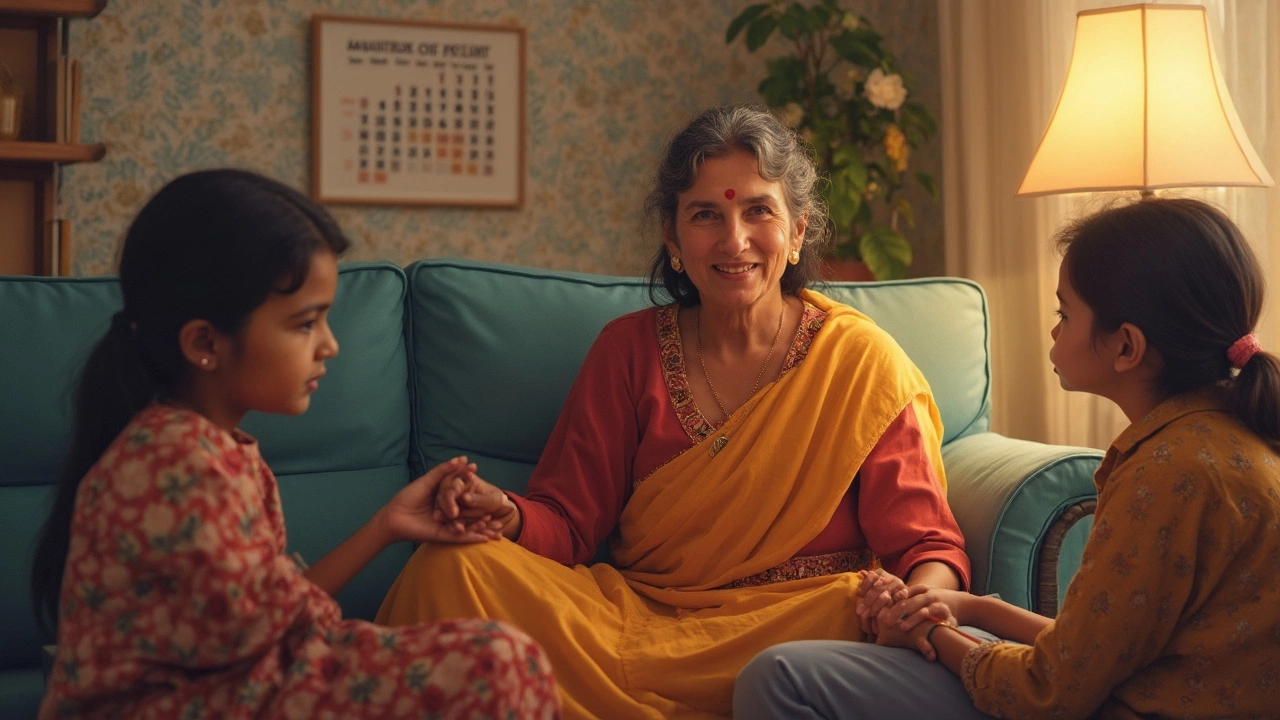Cancer Treatment: What You Need to Know
If you or a loved one just got a cancer diagnosis, the flood of terms and choices can feel overwhelming. The good news is that most cancers can be tackled with a mix of surgery, drugs, radiation or newer therapies. Below you’ll find a straight‑forward rundown of the usual routes, the toughest side effects and ways to lighten the load.
Common Treatment Types
First up, surgery. Doctors remove the tumor whenever they can spot it, often followed by chemo or radiation to mop up any stray cells. If the cancer is deep‑seated or spread, chemo—pill or drip drugs—travels through the blood to hit cells all over the body. Radiation uses high‑energy beams to shrink or kill the tumor without a cut.
Targeted therapy and immunotherapy are newer tools. Targeted drugs block the specific molecules that cancers use to grow, while immunotherapy boosts your own immune system to spot and destroy cancer cells. Both tend to have fewer “classic” chemo side effects, but they can bring their own set of issues like skin rashes or thyroid changes.
Managing Pain and Side Effects
Some treatments rank high on the pain scale. For instance, certain chemo combos can cause nerve damage that feels like burning or tingling. Radiation to the head or chest often brings sore skin or throat pain. The key is to talk early with your oncologist about any ache, then work with a pain specialist to adjust meds or add supportive care like physio.
Other side effects—nausea, fatigue, hair loss—are common but manageable. Anti‑nausea pills, small frequent meals and staying hydrated curb most stomach upset. Fatigue often improves with gentle walks and short naps; don’t push yourself to a marathon right after a session.
When you hear talks about “most painful cancer treatments,” they usually point to bone marrow transplants and high‑dose chemo. These procedures involve a deep dip in blood counts, making infection risk high. Hospital teams will give growth factors and antibiotics to keep you safe, and a good support network can make the hospital stay feel less isolating.
Knowing what to expect in the last months of a tough cancer can also ease anxiety. Symptoms may shift from treatment side effects to disease‑related changes like weight loss or breath shortness. Palliative care teams focus on comfort, pain control and emotional support, ensuring a dignified journey.
What about survivability? Some cancers, like early‑stage thyroid or testicular cancer, boast survival rates over 90 %. Others, such as pancreatic or glioblastoma, remain hard to beat. Early detection makes a huge difference, so regular screenings and paying attention to unusual symptoms can tip the odds in your favor.
Finally, keep an eye on costs. Certain hospitals or pharmacies may charge more for the same drug. Ask your doctor about generic options or patient assistance programs; many pharma companies offer discounts for low‑income patients.
Bottom line: cancer treatment isn’t a one‑size‑fits‑all roadmap. It blends surgery, drugs, radiation and newer tricks, each with its own set of challenges. Stay proactive, ask questions, and lean on your care team for pain control and side‑effect management. With the right plan, you can navigate the toughest parts and focus on getting better.

Most Feared Cancer: What Makes Pancreatic Cancer So Deadly?
Pancreatic cancer stands out as the most feared cancer because of its aggressive nature and poor survival rates. This article explores why it strikes so much fear, what makes it especially deadly, and the challenges of diagnosing it early. Readers will get facts, symptom tips, and realistic advice about coping with risks and treatment options. By the end, you'll know what sets pancreatic cancer apart and how to watch for warning signs.

Which Cancer Has the Lowest Survival Rate? A Deep Dive into the Harsh Realities
This article breaks down which cancers come with the lowest survival rates and why. It looks closely at factors that make some cancers tougher to beat, like detection timing and how they spread. You'll get key facts, real-world tips, and practical advice on spotting risks. The goal is to make sense of survival statistics and help readers understand where medicine stands in 2025. Stay informed to know the challenges—and the hope—in cancer treatment.

What is the Hardest Cancer to Cure? Unpacking the Realities of Cancer Treatment
Some cancers are stubborn, fighting back against every attempt to treat them. This article breaks down which cancer is the hardest to cure and why, using real-world facts and the latest treatment details. Get to know what makes these cancers so aggressive. Learn what scientists and doctors are doing right now to try and beat them. Discover crucial tips to support those dealing with a tough diagnosis.

Hardest Days After Chemo: What to Expect and How to Cope
Chemo hits everyone differently, but there’s a pattern to the hardest days. This article breaks down when the toughest side effects usually hit after chemo, what people actually feel, and why. Get real, actionable advice on handling nausea, fatigue, and mood swings. Learn which days tend to be the roughest and what you can do to make it through. Each section is loaded with simple tips to help you or your loved one feel more in control after treatment.

Does Stage 4 Mean Terminal? The Truth Behind the Label
Stage 4 cancer sounds scary, but does it always mean the end? This article breaks down what stage 4 really means, why it's not always 'terminal,' and how treatment options can surprise you. Get clarity on the difference between being incurable and being terminal. Find out what to expect, what questions to ask, and tips for navigating this overwhelming diagnosis.

What Stops Cancer Cells from Growing? The Science Behind Tumor Control
Why don’t all cancer cells run wild in our bodies? This article explains the real roadblocks that slow down or stop cancer growth—from the body's own defense tricks to the science behind targeted treatments. You'll learn how researchers find weak spots in cancer cells and what you can do to support your body during treatment. The info is clear, practical, and geared toward anyone curious about how these breakthroughs actually work.

What Cancer Is 100% Curable? Facts, Myths, and Hope
Everyone wants to know if there’s a cancer that’s 100% curable, and the answer might surprise you. This article breaks down which cancers can be fully treated when caught early, separates myth from reality, and shares the latest facts about recovery. Learn how timing, treatment, and a bit of luck can play a huge role in beating cancer. You’ll also find tips for early detection and how new treatments are changing the outlook for many people. If you or someone you love is facing a cancer diagnosis, this article offers practical, real-world hope without sugarcoating the truth.

Top 3 Killing Cancers: The Deadliest Threats and How to Fight Back
This article breaks down the three deadliest cancers worldwide, revealing why they're so dangerous and how they can be spotted early. Get up-to-date facts, practical prevention tips, and advice on what to do if you're at risk. Understand how treatment is evolving and what to watch for in cancer research. All details are simple, easy to follow, and based on real numbers and real life. Take steps today to protect yourself and your loved ones from these silent killers.

Which Cancer Is Most Painful? Understanding Cancer Pain and Ways to Manage It
Some cancers cause much more pain than others, making everyday life really tough for those affected. This article explains which types of cancer hurt the most, why cancer pain is so different, and how treatments can help. You’ll learn about real-life experiences, smart tips for easing pain, and what to expect from modern pain management. Whether you’re going through this yourself or helping someone else, this practical guide brings clarity and hope. No fluff—just useful advice and facts you can trust.

When Does Pain Begin in Cancer? Understanding the Stages
Cancer pain can be a daunting aspect of the disease, often beginning as early-stage discomfort and evolving into more intense sensations as the cancer progresses. Understanding when pain typically starts and what it feels like at different stages can make the journey less scary. Knowing this not only helps patients but also prepares loved ones to provide better support. There are various ways to manage and alleviate this pain, making life a bit more bearable.

Can Stage 4 Cancer Go Into Remission? Understanding Your Options
Exploring whether stage 4 cancer can go into remission involves understanding a mix of medical treatments, patient perseverance, and the body's unique response. While challenging, remission is not entirely out of reach, thanks to advances in medical science. This article dives into what's possible, sharing real treatments, breakthroughs, and supportive measures. Discover the tools and tips that might just tip the odds in your favor.

Top 3 Survivable Cancers: Understanding and Hope
Survival rates of cancers differ, but some types show promising outcomes thanks to advancements in treatment and early detection. The top three include prostate, thyroid, and breast cancer, known for their higher survival rates. Understanding these cancers can help patients navigate their journey with more confidence. Learn about the treatment options and factors contributing to improved survival rates.

How ADHD Impacts Life Expectancy
Apr, 10 2025

How to Choose an Online Pharmacy: A Practical Guide
Jun, 10 2025


